WASHINGTON — Mir Aimal Kasi had earned a spot on the FBI’s Ten Most Wanted Fugitives list and Brad Garrett, a mild-mannered but dogged FBI agent out of Washington, wanted him badly. Kasi, a Pakistani, had stood outside CIA headquarters in Langley, Va., in 1993 and methodically opened fire, shooting into car windows, killing two CIA employees and wounding three others.
Like most fugitives on the list, Kasi was no easy find. Garrett and others spent four-and-a-half years continent-hopping, tracking endless leads before finding him in a seedy hotel in Pakistan at 4 a.m. Kasi was about to head off to prayer. He was brought back to the U.S., where he was eventually executed by lethal injection by the state of Virginia.
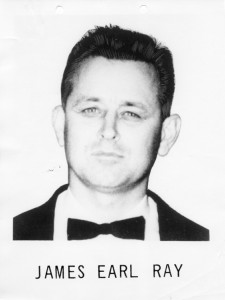
“It’s probably every agent’s dream to capture a top 10 most wanted fugitive,” Garrett, who retired from the FBI in 2006, told AOL News. “It wasn’t my driving force, of course, but the idea of being able to arrest a top 10 fugitive is really something. If you’re on the top 10 list, you must be a really bad person, a big deal.”
On March 14, the bigger-than-life list, which has included some of the most notorious criminals of our time, from assassin James Earl Ray to serial killer Ted Bundy to terrorist Osama bin Laden, turned 60.
The list has become part of Americana. First seen in post offices and banks, now the Ten Most Wanted photos are more likely to show up on TV shows, billboards and the Internet through Web sites and trendy social networks like Facebook and Twitter.
“We recognize the unique ability of the media to cast a wider net within communities here and abroad,” FBI Director Robert Mueller said in a statement marking the 60th anniversary. “The FBI can send agents to visit a thousand homes to find a witness, but the media can visit a million homes in an instant.”
Authorities say the list came about after a reporter for the International News in 1949 told the FBI he was interested in writing a story about the “toughest guys” the FBI was after. The FBI provided the names and descriptions of 10 fugitives — four escaped prisoners, three con men, two murder suspects and a bank robber — and the reporter wrote a story that captured national attention and triggered hundreds of tips.
The FBI figured it was on to something. On March 14, 1950, Director J. Edgar Hoover launched the FBI’s Ten Most Wanted Fugitives program. The first fugitive was Thomas J. Holden, a bank robber who murdered his wife and her two brothers. A little over a year later, he was spotted in Beaverton, Ore., by someone who recognized his photo in the newspaper.
Holden was one of 494 fugitives who have made the list in the past six decades. Of those, the FBI says, 463 have been captured or located, and 152 of those were “the direct result of citizen cooperation.” More specifically, two fugitives were captured as a result of the Internet, 27 from television broadcasts, two from radio coverage, three from newspapers, three from magazines and 49 from FBI posters.
Cases that involved tips from a top 10 poster included fugitive Joseph Martin Luther Gardner, a Navy man who was wanted in the 1992 gang rape and murder of a 25-year-old woman in South Carolina. Authorities caught the other suspects, but not Gardner — at least not for a while.
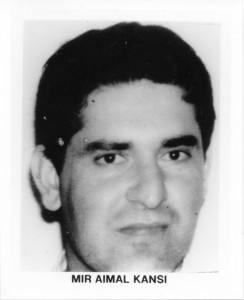
Jeffrey L. Covington, an FBI agent from Philadelphia who retired in 2007 and worked on the Gardner case, recalled that a woman had gone into a convenience store in 1994 in Philadelphia. Later, she returned home to New York and was in a post office when she saw an FBI wanted poster of Gardner.
“She said, ‘Oh my God, that’s the guy in the store,'” Covington recalled. She called authorities, and Covington said he and members of the Philadelphia Fugitive Task Force moved in and made the arrest.
“He was absolutely startled,” Covington said of Gardner. “And then he lied about his name. The usual stuff.”
Over the years, as times changed, so did the composition of the list. At first in the 1950s it consisted of bank robbers, murderers and car thieves. In the 1960s, some fugitives included kidnappers and militants who had destroyed government property. By the 1970s, there were organized crime and terrorist figures and radicals like H. Rap Brown and Angela Davis. And in by the 1990s, sexual predators, drug traffickers and gang members had joined the list.
For the most part, the list has been dominated by males. Only eight fugitives have been woman, with ’60s militant Davis among them.
A lot of thought goes into who makes the list, and who doesn’t, according to Rex Tomb, who headed the FBI’s chief fugitive publicity unit in Washington and helped decide who made the list. He retired in 2006.
“Many times a particularly aggressive agent would want us to put their fugitive on the list,” Tomb told AOL News. “In looking at the submission, however, we realized that the case, though very serious, might be either too complicated or uninteresting to potential readers or viewers. Photographs might also be of such quality that we knew the public would be unable to notice key, distinguishing physical traits. The top 10 list is media driven. If certain elements are not present, reporters won’t use it. We had to learn which cases would fly and which wouldn’t.
“There are only 10 slots on the list,” he said. ” If the media won’t cover it, the list is of no help. If it can’t help a case, why put it on the list?”
On nine occasions, the top 10 list has actually had 11 or more fugitives.
“This has occurred when there was not a vacancy on the list and the FBI determined that there was an overriding need that an individual be added to the list,” said FBI spokeswoman Debbie Weierman.
She said some of the 11th fugitives have included Ramzi Ahmed Yousef, who was implicated in the 1993 bombing of the World Trade Center, and Martin Luther King Jr.’s assassin, James Earl Ray. Ray was one of six people who twice appeared on the list: once when he shot King in 1968 and again in 1977 when he escaped from prison.
Fugitive Donald Eugene Webb holds the record for the longest time on the list — 25 years, 10 months and 27 days — for the murder of Police Chief Gregory Adams in Saxonburg, Pa., in 1980. In 2007, without any real explanation, he was removed from the list even though he remained at large. The FBI now says he no longer fits the criteria, but he remains a fugitive.
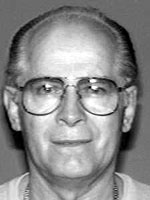
The shortest time on the list — two hours — was claimed by bank robber Billie Austin Bryant, who had killed two FBI agents in the late 1960s in Washington. The oldest person to be placed on the list — and who still remains on it — is Boston mobster James “Whitey” Bulger. He was 69 in August 1999 when he was put on the list.
Today he is 80.
Alive and well? Who knows.



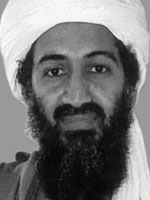
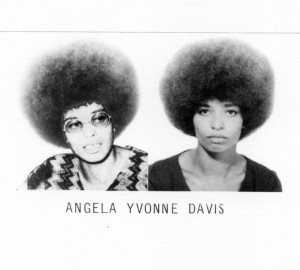

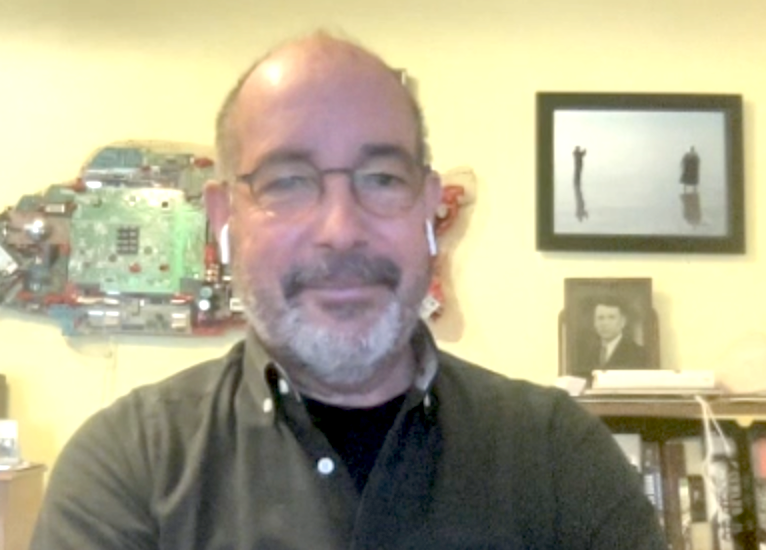
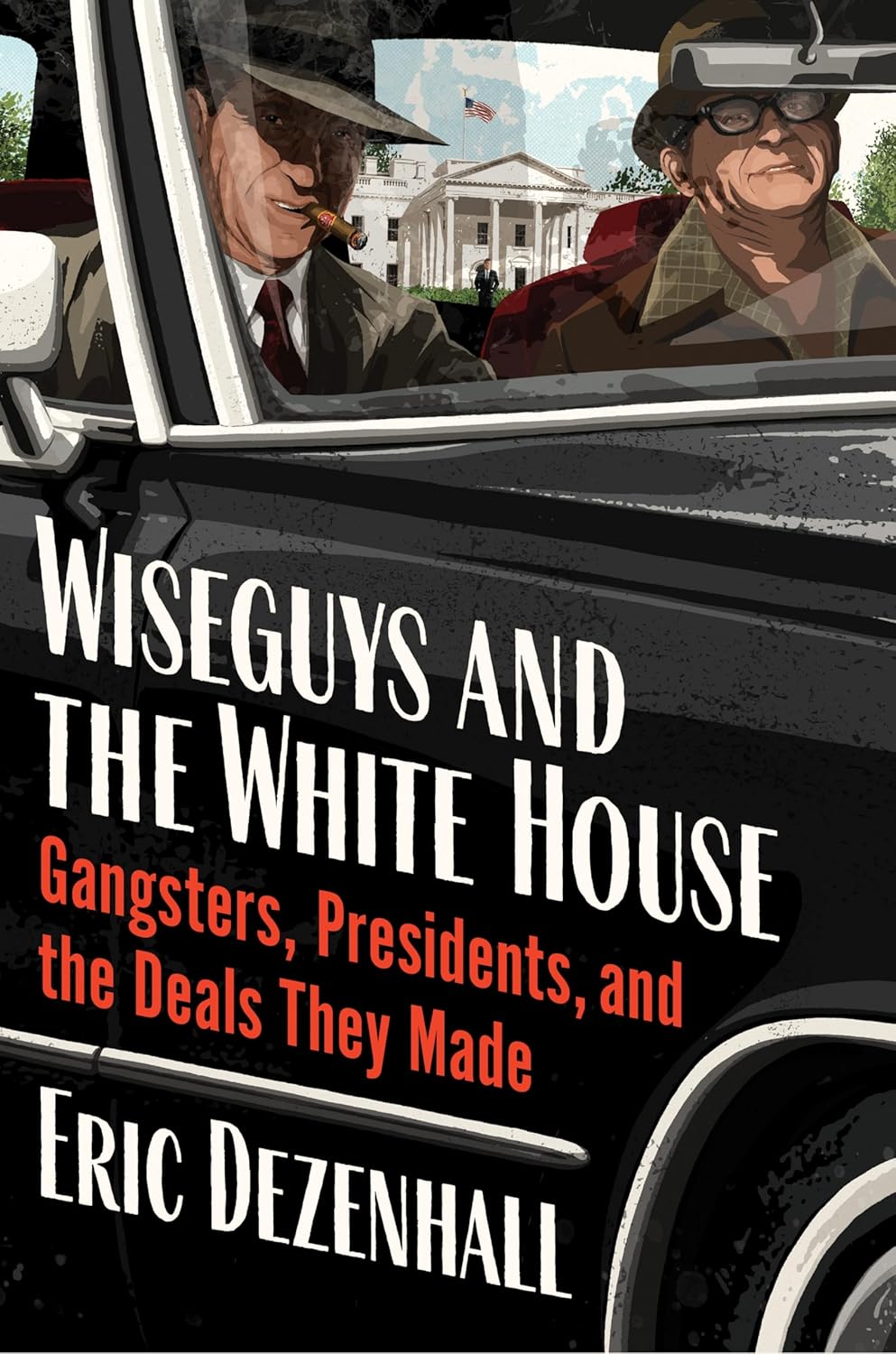
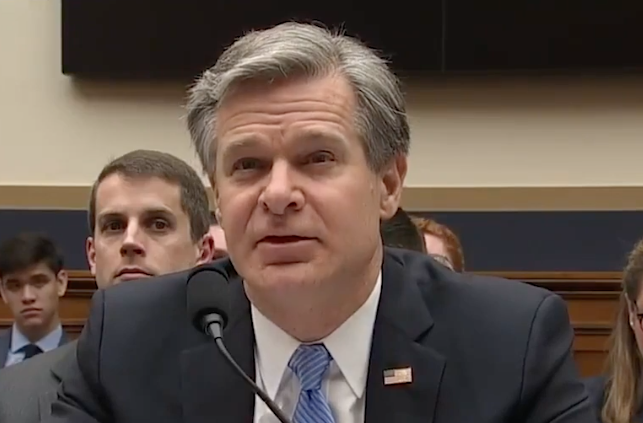
One thought on “FBI’s Ten Most Wanted Fugitive List Turns 60”